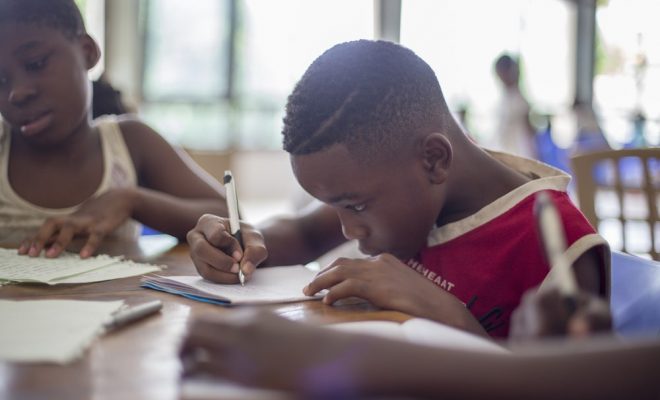Mastery Orientation: Everything You Need to Know

You may be perplexed by the term “mastery orientation.” Even though it is critical to your child’s development and growth, it is a simple concept.
You’ve come to the right site if you’re not sure what mastery orientation is. In this post, we will go over all there is to know about the concept, including its description and how it distinguishes certain pupils from others.
More specifically, we will look at a few methods that parents and educators can use to foster mastery orientation.
What Exactly Is Mastery Orientation?
The ability of a youngster to master a given skill or task is referred to as mastery orientation. In other words, it refers to the ease with which a student adapts to a certain issue or task.
A youngster with a strong mastery orientation will find it exceedingly simple to pick up on new information and learn. For example, if your son begins speaking and walking before his peers, he is likely to have a high level of mastery orientation. If, on the other hand, he struggles with these activities and takes a little longer than usual, he may have a low level of mastery orientation.
How Does Mastery Orientation Distinguish Certain Students?
Children with a strong mastery orientation shine out both at school and home. Educators and parents usually do not have to compel children to learn or practice a given task since they do it of their own will. These pupils appreciate learning to gain new skills and information.
How to Foster a Mastery Orientation?
There are several approaches educators and parents may take to encourage mastery orientation. Most essential, parents should be as active in their children’s academic and educational lives as feasible.
This implies that they should be there to assist their child anytime they become confused or irritated. They should also encourage to keep the child motivated.
Educators should also provide kids assignments that they are interested in. In this manner, the children will be more interested in what they are studying and will put out greater effort in acquiring the skill.
Finally, consider the following:
The ease with which a youngster learns a new skill or activity is referred to as mastery orientation. A youngster with a strong mastery orientation will find it very simple to acquire new skills, such as writing or counting. These children frequently stand out since they do not need to be encouraged to do so.






